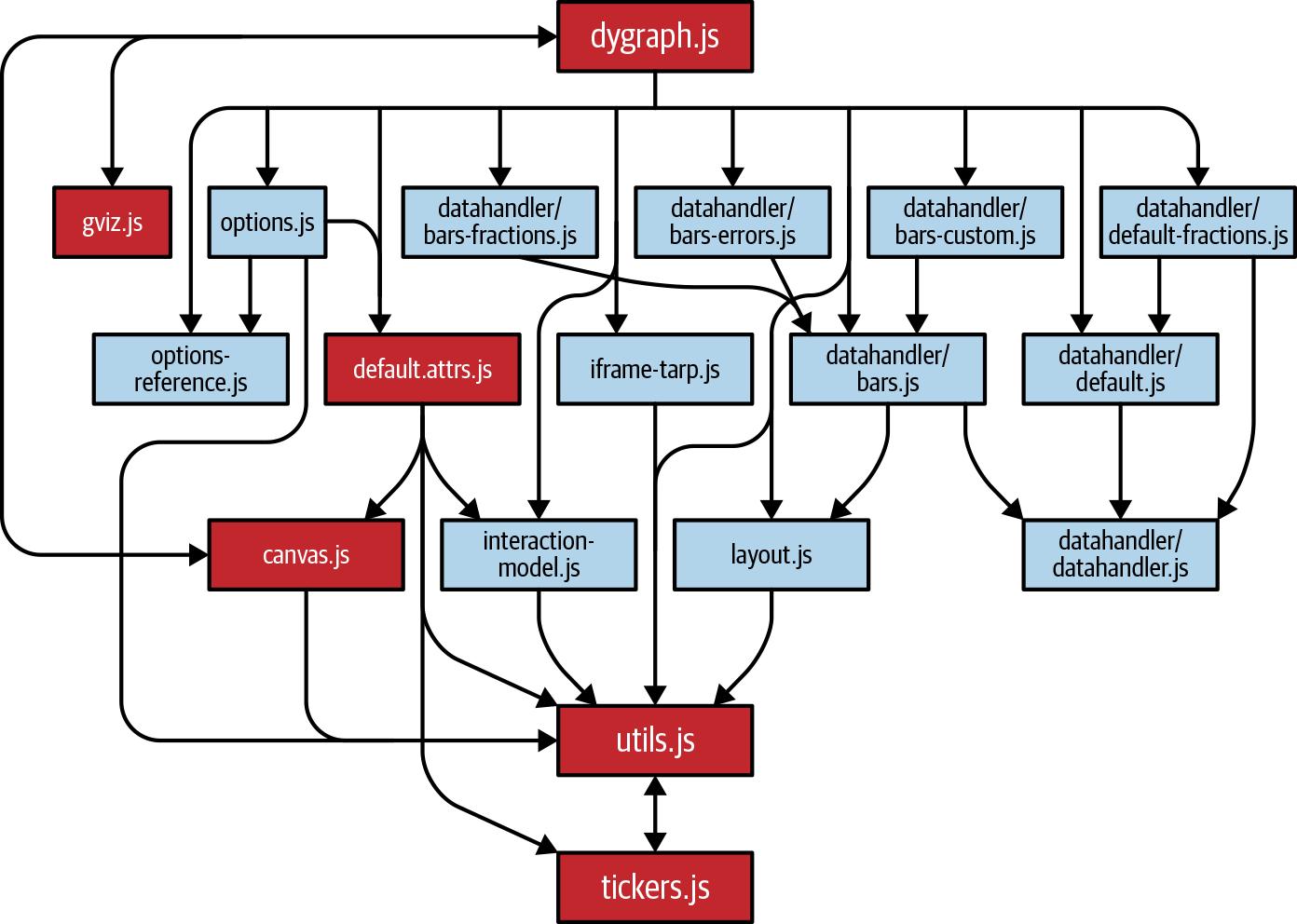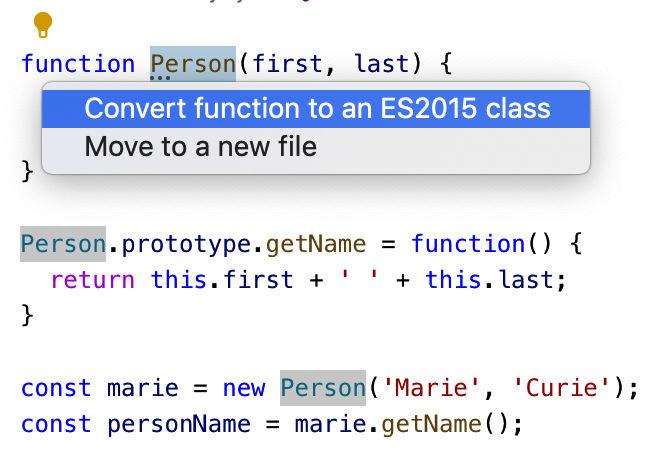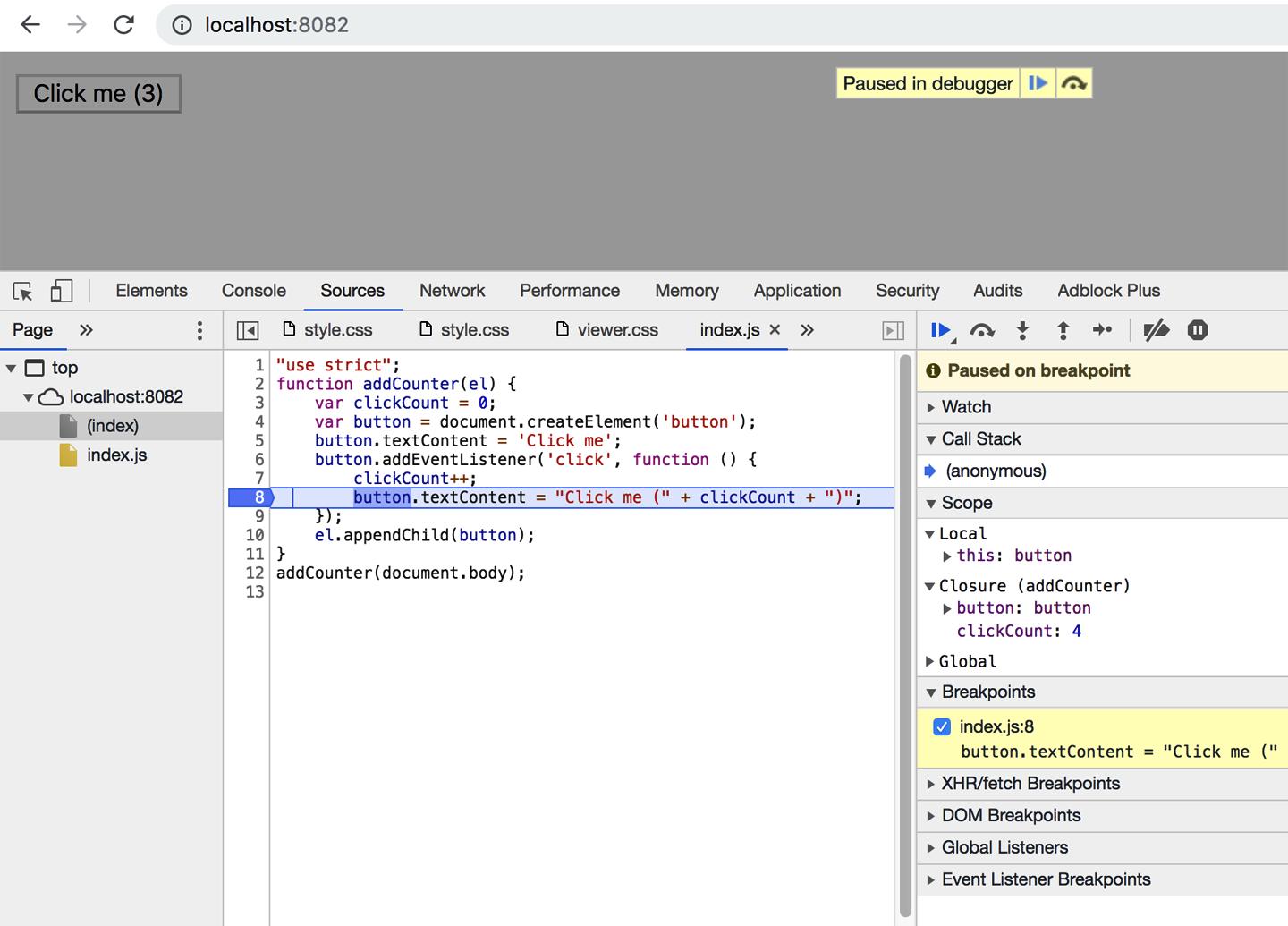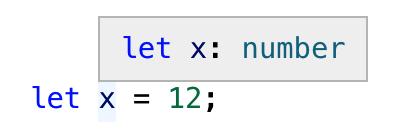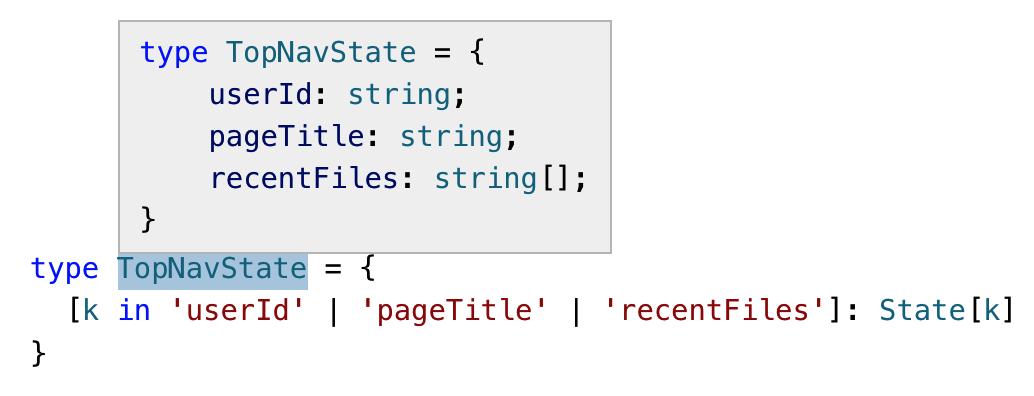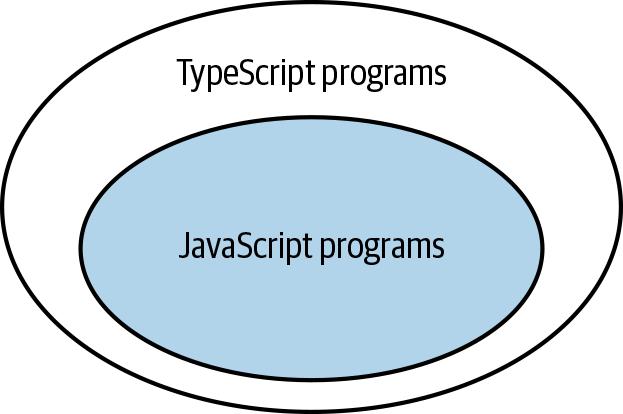future. Unless you’re using Angular or another framework that requires annotations and until they’re standardized, don’t use TypeScript’s decorators.
Things to Remember • By and large, you can convert TypeScript to JavaScript by removing all the types from your code. • Enums, parameter properties, triple-slash imports, and decorators are historical exceptions to this rule. • In order to keep TypeScript’s role in your codebase as clear as possible, I recom‐ mend avoiding these features.
Item 54: Know How to Iterate Over Objects This code runs fine, and yet TypeScript flags an error in it. Why? const obj = { one: 'uno', two: 'dos', three: 'tres', }; for (const k in obj) { const v = obj[k]; // ~~~~~~ Element implicitly has an 'any' type // because type ... has no index signature }
Inspecting the obj and k symbols gives a clue: const obj = { /* ... */ }; // const obj: { // one: string; // two: string; // three: string; // } for (const k in obj) { // const k: string // ... }
The type of k is string, but you’re trying to index into an object whose type only has three specific keys: 'one', 'two', and 'three'. There are strings other than these three, so this has to fail. Plugging in a narrower type declaration for k fixes the issue: let k: keyof typeof obj; for (k in obj) {
200
// Type is "one" | "two" | "three"
| Chapter 7: Writing and Running Your Code


